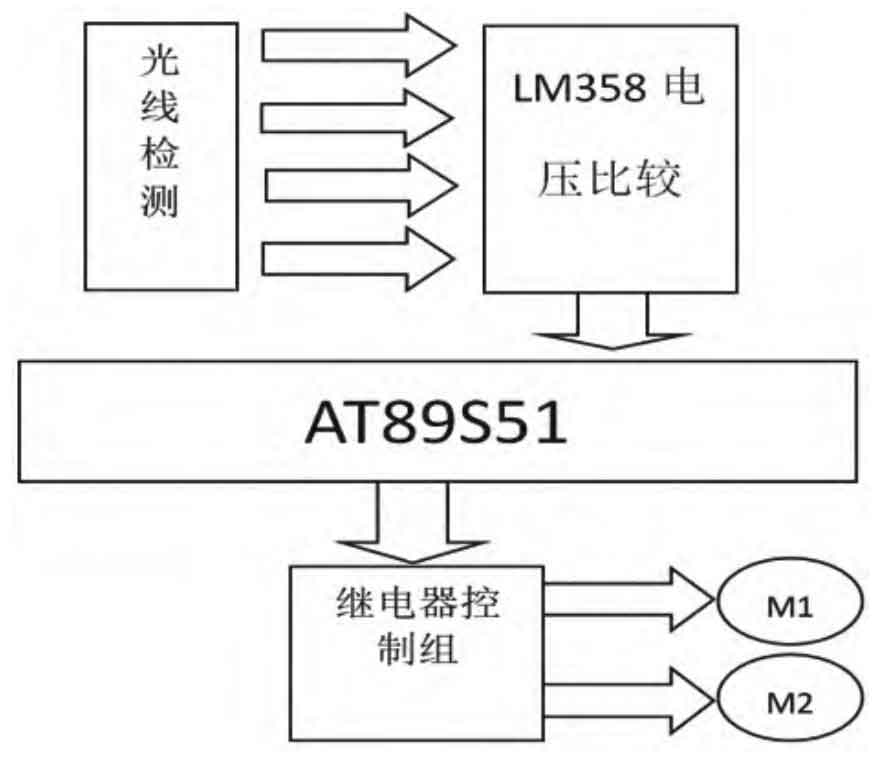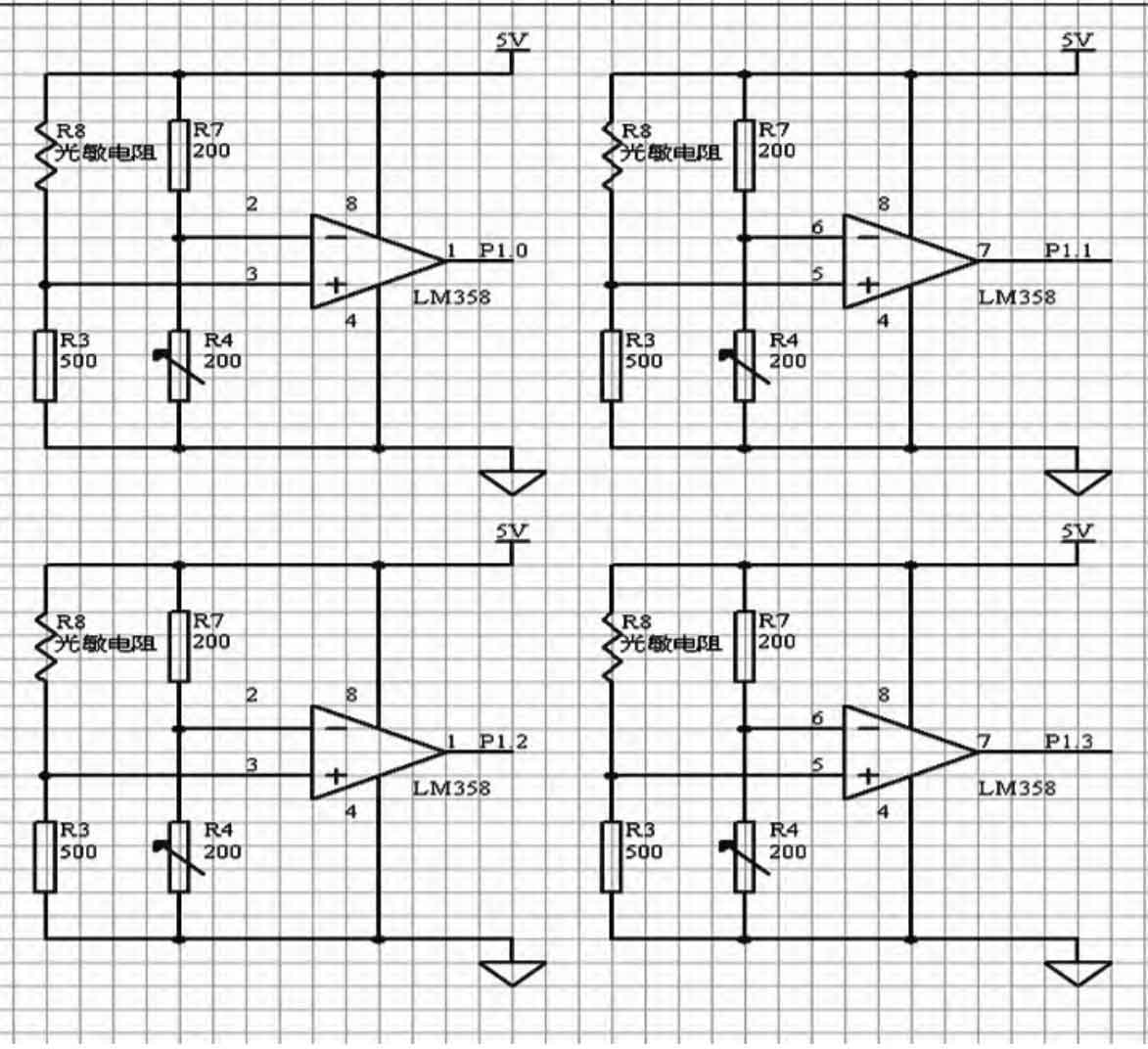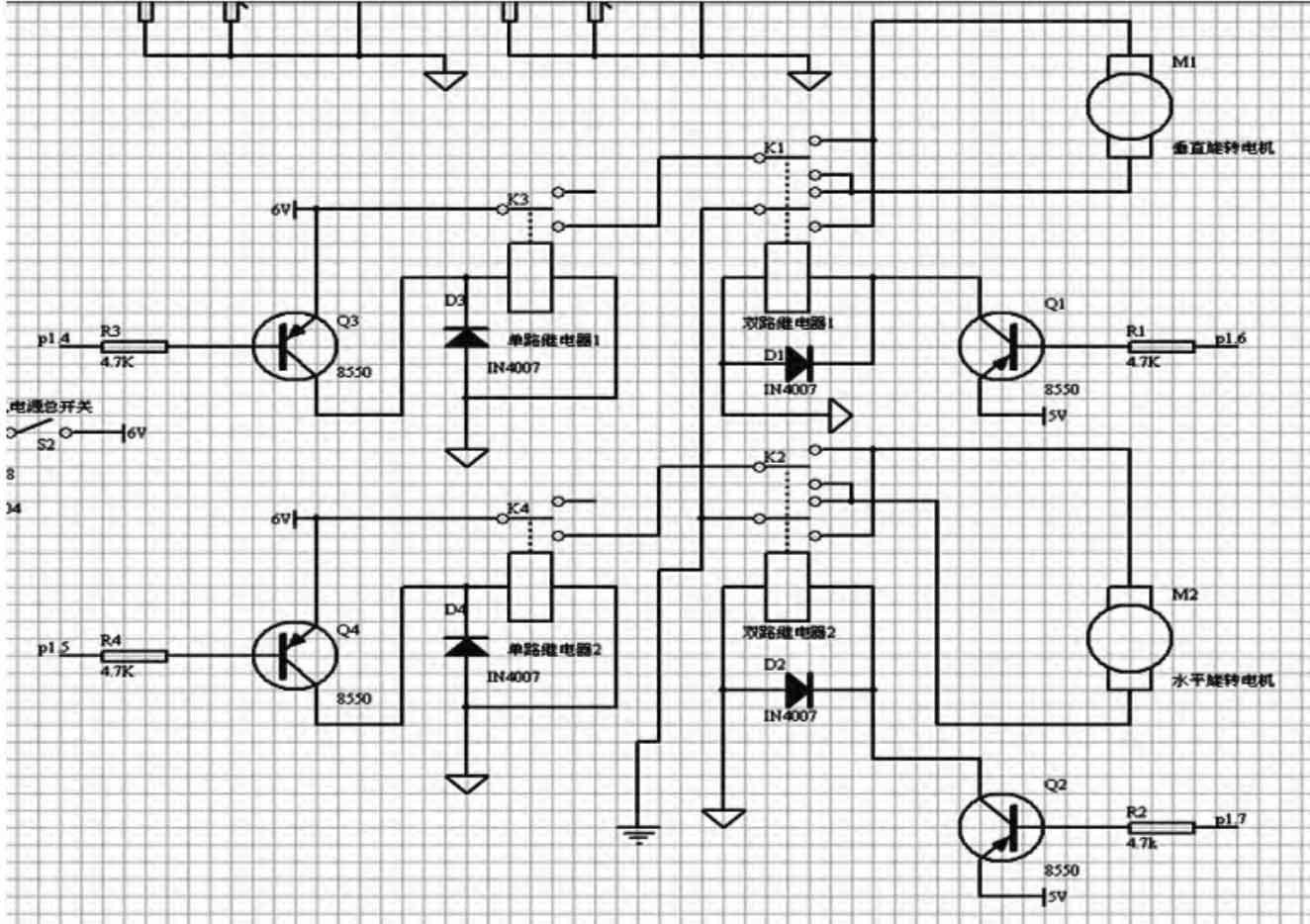Nowadays, the rapid development of the “dual carbon” green economy has become a top global hot topic. The “dual carbon” mentioned in the article refers to “carbon peak” and “carbon neutrality”. Among them, “carbon peak” refers to the highest CO2 emissions in Chinese history, shifting the trend of production from an increase to a decrease. Carbon neutrality refers to achieving a balance between the emission and absorption of carbon dioxide within a specified time period. The concept of “carbon neutrality” is a product of the global energy demand situation.
In 2006, China proposed an energy-saving and emission reduction plan in the 11th Five Year Plan, with the aim of phasing out outdated and heavily polluting industries. China’s oil supply is insufficient and still needs to be imported. But global oil prices fluctuate, and Chinese oil has always been controlled by European and American countries. To ensure the safe and efficient use of energy in China, China has built an independent and controllable energy system, striving to vigorously develop new energy industries with clean energy such as electricity, wind, and hydrogen as the core. In 2020, China launched the “30 · 60” plan for the first time, striving to achieve the “carbon peak” goal by 2030 and the “carbon neutrality” plan by 2060. The overall transfer from a high carbon energy system to a green and clean energy system. From the current energy development situation of various countries, the energy revolution regarding this “dual carbon” plan is comparable to the first industrial revolution. At present, there will be an important turning point in the use and development direction of various energy sources in global history.
With the extensive exploitation and use of fossil fuels such as oil and natural gas, global climate problems such as the greenhouse effect and global warming have emerged, as well as serious environmental pollution such as acid rain and haze; Meanwhile, fossil fuels are non renewable resources that are increasingly depleted with extensive exploitation. Because these issues are becoming increasingly prominent, many countries around the world have begun to attach importance to the development and utilization of solar energy. The total amount of solar energy received by the Earth is 30000 to 40000 times the energy required by all countries worldwide. Therefore, the world attaches great importance to the effective utilization of solar energy. Taking Inner Mongolia as an example, the total amount and development potential of solar energy resources in Inner Mongolia are enormous, making it an important strategic resource for the large-scale development of green and clean new energy generation. The total amount of solar energy resources ranks second in China, second only to Xizang. The sunshine duration is 2517 ~ 3277 hours, and the solar radiation per square meter is 4800 ~ 6400 joules. Especially in the Gobi, desert, sandy land and other regions in the western Alashan League, the solar energy resources are particularly rich.
As one of the transportation facilities, street lights play a very important role in our nighttime lighting. However, in most cases, street lights have problems such as insufficient illumination and insufficient lighting duration. According to data, solar street lights generally start illuminating at 19:00 and stop at 3:00 am. During the absence of street lights at night, there are still vehicles and pedestrians moving, which brings great inconvenience to road safety management. The purpose of this project is to develop a solar street light that can rotate 360 ° and has both tracking and focusing functions. The main direction of this study is to increase the absorption of light energy by solar panels, improve the utilization rate of light energy, effectively save energy, and solve the problems of insufficient brightness and short illumination time of solar street lights at night.
1. Comparison of the Development of Street Lights at Home and Abroad
1.1 Current situation of domestic solar street light market
In recent years, people’s awareness of energy conservation and environmental protection has gradually increased, and the production of solar street lights in China has maintained continuous growth. The emerging industry of solar street lights has shown a rapid development speed. Solar energy, along with new energy sources such as wind and bioenergy, has gradually attracted people’s attention, but the photovoltaic conversion effect is not ideal. Therefore, improving energy conversion efficiency is the most important aspect of the development of new energy, and it is also a direction of intense research. There are many high latitude regions in China, among which Gansu, Ningxia, Xinjiang, and the Qinghai Tibet Plateau have the highest total solar radiation. The average annual sunshine duration can reach 3200-3300 hours, which is equivalent to the heat generated by photovoltaic cells from the combustion of 225-285 kg of standard coal. Therefore, how to use this energy reasonably and efficiently has become a focus of local people’s attention.
1.2 Current Situation of Solar Street Light Market Abroad
Solar street lights, as an emerging industry, have developed rapidly, and countries have focused on the supply of electricity in the research and development of street lights. In 1839, Becquerel discovered the phenomenon of potential difference, known as the “photovoltaic effect”; In 1954, Chapin and Pearson developed monocrystalline silicon photovoltaic cells and invented practical photovoltaic power generation technology; In 2004, Amonix developed a solar back junction silicon cell with an efficiency of up to 27.6% under 92 times concentrated light conditions; In 2011, Solar Junction developed a concentrated triple junction arsenide solar cell, which can maintain an efficiency of 43% under 1000 times concentrated light conditions; Sandia National Laboratory was the first to design and develop concentrated photovoltaic power generation technology, and built the world’s first concentrated photovoltaic power generation array.
Arsenized crops are currently materials with high conversion rates, but their prices are expensive and cannot be widely promoted for use. Improving energy conversion efficiency while being widely applied is the most important research direction for the development of new energy materials. Whether the energy conversion efficiency can be improved through improving energy collection methods has become a key research topic.
2. Design ideas
Based on existing data, conduct on-site investigations on street lights, collect opinions and ideas from residents on street lights, analyze the shortcomings of current street lights, and design and plan the problems that arise. Calculate the average supply of solar panels, count the duration of street lighting, observe the brightness of solar street lights and traditional street lights, and then compare the improved sunflower style solar street lights with traditional street lights to compare their power supply, lighting duration, and illumination brightness. Analyze the refraction of light, determine the angle between the concave surface of the solar panel, and maximize the refraction of light, thereby absorbing more light energy and allowing the panel to convert light energy into electrical energy, thereby increasing the power supply.
Through online data surveys, the duration and intensity of daylight in various regions were statistically summarized, and their advantages and disadvantages were analyzed. The suitability of this street lamp for use in the region was considered, and the use of solar photovoltaic panels for light tracing could provide more convenience. The use of improved street lamps was also considered. Calculate the power supply of the improved sunflower style solar street light, and then calculate the difference between the power supply of traditional street lights and daily solar street lights through statistical investigation.
3. Design principles
3.1 Principles of Solar Energy Chasing Design
The circuit part of this project is designed with a microcontroller as the core motherboard, using a photosensitive resistor to collect light from the light source. After being processed by a voltage comparator, the data is transmitted to the microcontroller, which then transmits the processed data to the motor drive system. Finally, the two motors are controlled to adjust the height of the battery board in the horizontal and vertical directions, as shown in Figure 1.

3.1.1 Solar panel light seeking system
Finding a light source for photoelectric detection is the main part of this device. The design requires the solar panel to always face the sun, and four photosensitive sensors are needed to detect the strength of the sunlight. The photosensitive sensors are installed on a platform perpendicular to the solar panel template, and the accuracy of their detection needs to be achieved by adjusting the sliding rheostat of the photoelectric detection template in various working environments. Among them, photoelectric detector a detects the position of the left light beam. When the light gradually moves away from the battery panel, the detection system at position a will send a signal, and the microcontroller will use this signal to drive motor M1 to turn left, so that the battery panel can follow the light to turn left; The photoelectric detection b detects the position of the light on the right side. When the light is completely away from the battery panel, it detects the position at b and transmits the signal to the microcontroller. The microcontroller drives the motor M1 to rotate to the right, causing the battery panel to follow the light. Similarly, photoelectric detection c and d detect the angle changes of sunlight in the vertical direction. After further processing, the microcontroller controls the rotation of motor M2 in the forward and reverse directions, thereby achieving automatic adjustment of the battery panel in the vertical direction. Adjust the motor M2 in the vertical direction of the battery panel by adding a gearbox to reduce its change rate, to avoid false detection caused by rapid changes in photoelectric detection, otherwise it will cause the battery panel to swing continuously in the vertical direction.
3.1.2 Circuit Introduction of Voltage Comparator
The function of a voltage comparator is to compare the magnitude of two voltages. When the voltage at the “+” end is higher than that at the “-” end, the output of the voltage comparator is in a high-level state; On the contrary, when the voltage at the “+” input is lower than that at the “-” input, the output of the voltage comparator is in a low-level state.

The specific light seeking circuit used in this design is shown in Figure 2, which uses a photoresistor as the light seeking sensing element.
3.1.3 Motor drive
In the light tracing design, the motor driving part adopts a relay driving method, and the forward and reverse directions of the motor are completed by a combination of a single and a dual relay. The use of a single relay is used to control the on/off of the corresponding motor’s driving power supply, and the dual relay is used to control the forward and reverse directions of the motor. The schematic diagram is shown in Figure 3.

3.2 Principles of Solar Focusing Design
According to investigation and statistics, compared to flat solar panels, concave solar panels have higher collection efficiency. Therefore, this article establishes a model of the concave solar panel from the perspectives of optics, thermodynamics, and electricity, and converts light energy into electrical energy through the photovoltaic effect generated by the panel. The solar circuit board spotlight system of this project mainly consists of Fresnel lenses and multiple small silicon crystal plates.
Fresnel lens: Mathematician Fresnel removes about 80% of the traditional planar convex mirror material and flattens the surface lens of the coronal surface slice, thus forming a planar lens composed of a series of small prisms, which are called “Fresnel lenses”. This lens not only reduces weight, but also saves production costs.
Silicon crystal plate: The design uses a silicon crystal plate that is connected by a series parallel circuit of small silicon chips, forming an inward concave surface. This reflective focusing technology refracts light twice, greatly improving the photoelectric conversion rate.
3.3 Technical roadmap
This project requires two aspects of technology to run. (1) The main circuit connection technology for circuit connection is to connect the small silicon crystals of the battery panel in series and parallel in sequence, and finally assemble them into a concave circular surface, thereby achieving the effect of focusing light; Next is the overall connection of solar street lights. (2) The editing of the program issues instructions to the solar panel through the program, allowing it to rotate with the rotation of the sun, thereby increasing the available area and improving the utilization of sunlight, achieving the effect of increasing light absorption.
3.4 Implementation Plan
(1) Change the existing solar panel balance rotation control device to allow it to rotate 360 degrees.
(2) On the basis of rotation, an induction device, namely a light tracing system, is added, mainly using the principle of photoelectric detection and utilizing a light seeking element.
(3) Due to the lower collection efficiency of flat solar panels compared to concave solar panels, we have designed a concave solar panel to accelerate the collection efficiency and maximize the utilization of sunlight.
(4) Calculate the experimental results and analyze the specific energy consumption of the motor, which reduces energy consumption compared to before the renovation.
4. Innovative features
The pursuit of solar energy: Solar street lights can rotate 360 ° to track light, greatly improving the utilization of sunlight and solving the problem of insufficient illumination at night. At the same time, considering the issue of motor power consumption, the sunflower style solar street light is equipped with a photosensor. When the light intensity reaches a certain value, it starts to rotate, which can improve the power consumption of the motor and achieve better results.
The convergence of solar energy: By utilizing the principle of light refraction and the angle of sunlight irradiation, the originally flat solar photovoltaic panel is changed to a concave solar photovoltaic panel. By using light refraction and increasing the available area, the utilization rate of sunlight is improved, achieving the effect of increasing light energy absorption.
5. Application prospects
At present, the problem of energy shortage has not been solved, and with the development of the times, its situation is becoming increasingly severe. According to statistics, non renewable energy sources are continuously decreasing, and the development speed of new energy has gradually increased in recent years. However, people’s utilization rate of new energy is extremely low. Therefore, improving the utilization rate of new energy has become a major hotspot in the world today. This design not only effectively improves the problem of energy shortage, but also protects the environment to a certain extent.
The invention and use of street lights are of great significance as they can illuminate the way home and reduce the incidence of nighttime traffic accidents. However, the power consumption of street lights is very high, so it is necessary to develop a street light that is both energy-saving and environmentally friendly, and can illuminate people at night. This type of street light is a solar street light with broad application prospects.
6. Conclusion
According to statistics, insufficient lighting duration and brightness are currently the biggest drawbacks of solar street lights, and the fundamental reasons for both still stem from insufficient power supply. The research plan is to construct a new type of sunflower style intelligent solar street light with a 360 ° rotation characteristic, which can quickly perceive the best light source to maximize the absorption of light and heat, and convert it into electrical energy. At the same time, this scheme requires less energy for the motor compared to traditional methods, and greatly utilizes the heat collection effect of concave light plates to achieve effective conversion of thermal energy. Its operational feasibility is relatively high. And this project can effectively improve power supply problems, especially in remote areas without electricity and with large temperature differences between day and night, which has a wide range of application prospects.
